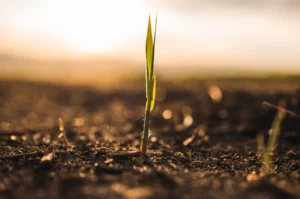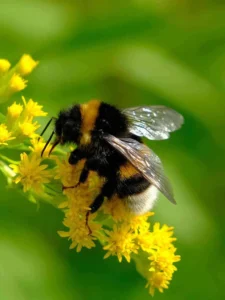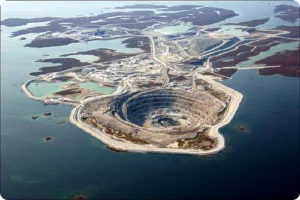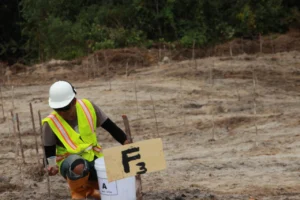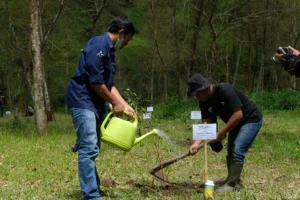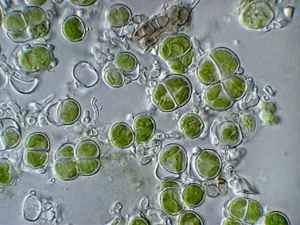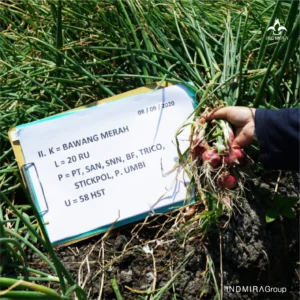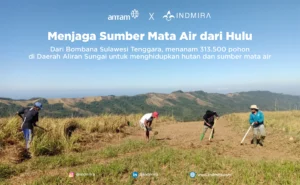From Bombana, Southeast Sulawesi, planting 313,500 trees in the Watershed Area to revive forests and water sources.
Protecting forests is the same as protecting life itself; the survival of humankind today depends on the existence of forests. From oxygen, water, to food—forests provide them all freely, without charge. Therefore, it is crucial for us to restore and rehabilitate forests for the sustainability of future human life.
Restoration and rehabilitation must be pursued through collaboration among various parties. Indmira, which is engaged in environmental restoration and rehabilitation, has partnered with ANTAM to rehabilitate a watershed (DAS) covering an area of 285 hectares.
A watershed functions to receive, store, and channel rainfall into river streams. In this area, rainwater will be absorbed or stored in the soil, later becoming water sources that sustain the lives of communities living along the hillsides.
Planting trees on flat land is common, but how about planting on hilly terrain that requires hours of walking through steep paths? This illustrates some of the daily challenges faced by the planting and patrol teams.
This Watershed Rehabilitation began in early 2019, covering three villages: Rarowatu, Lakomea, and Toubonto. It involves two types of land: grassland (intensive) and forest (enrichment).
The planting sites are located on hilltops inaccessible to vehicles, forcing the team to walk on foot for 3 hours across rugged, undulating terrain. For this reason, the porter team is often referred to as the “horse team,” as they are capable of walking dozens of kilometers while carrying heavy loads of seedlings and planting equipment.
One solution to ease planting was the establishment of a nursery on the hilltop, used for acclimatization (plant adaptation) prior to planting. For this, the team was trained in cultivation, particularly in seed preparation, to independently supply tree seedlings.
The types of trees planted consist of timber and multipurpose tree species in a 66:34 ratio. The team has successfully planted 313,500 trees, including biti, candlenut, durian, longkida, and sugar palm.
Aligned with its primary goal, the planting helps restore the forest ecosystem. Tree roots enhance the soil’s ability to store rainwater, replenishing water sources. Protecting these water sources supports agriculture and hillside communities. Forest ecosystems also serve as habitats for wildlife and shelter for diverse plant species.
By 2021, the project had entered its third year of plant maintenance. Plant care includes activities such as replanting (sulaman), weeding, fertilizing, and watering.
During the dry season, the team creates firebreaks to prevent fires from spreading to other areas. These firebreaks are constructed at the start of the dry season and renewed each year to keep them clear of dry grass.
The Bombana watershed rehabilitation involves local residents who are familiar with the terrain and its challenges. Their involvement not only empowers the local community but also fosters a sense of ownership over the restored forest.
It will take several more years to reap the full benefits of this watershed rehabilitation. That is why community awareness and commitment to protecting the forest have been instilled since the very beginning of the project.

